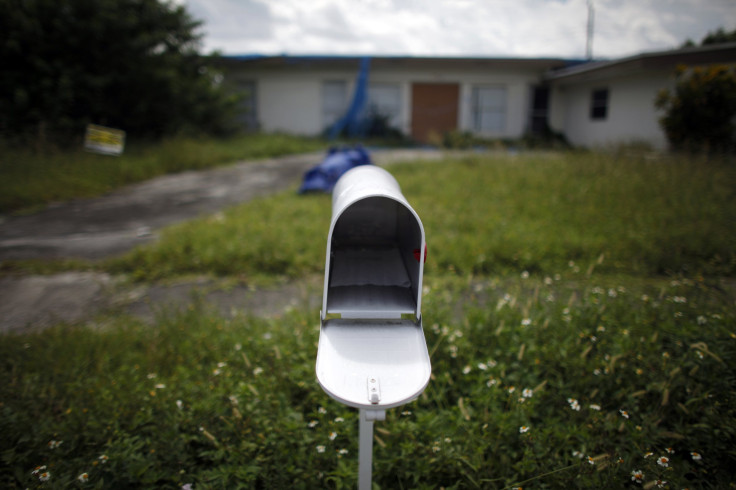Widespread Costs Of Predatory Lending Limit Economic Mobility: Report

A leading nonprofit research group is pressing lawmakers and regulators to think more broadly about the corrosive effects of predatory lending on the nation’s most vulnerable communities. On Tuesday, the Center for Responsible Lending (CRL) released the final report in a series that has examined the costs of abusive practices in products ranging from mortgages and credit cards to payday loans and debt settlement services.
The report, titled "The Cumulative Costs of Predatory Lending," argues that the financial toll of predatory practices exceeds the dollar amount of high interest and fees, and must also be tallied in terms of lost equity, credit-score damage and limits on upward mobility.
"These costs translate into sharp disparities in economic opportunity," the report says. "The difference between a fair and affordable loan and a predatory loan often becomes the difference between achieving greater prosperity and falling into a cycle of unending debt.”
While the Durham, North Carolina-based CRL's 13-part series has documented a variety of financial products, researchers say that abusive products share common traits across consumer lending. Hallmarks include deceptive marketing that obscures the risks involved, a lack of transparency about the terms, hidden fees, and incomplete underwriting that doesn't account for the borrower's ability to repay the loan and afford day-to-day expenses.
Because borrowers are often juggling different kinds of loans at the same time, "In many cases the use of one abusive product can prompt the use of another,” says senior researcher and report author Sarah Wolff. For example, CRL found that 54.5 percent of consumers with a car-title loan also have a payday loan. Both types of loans typically carry triple-digit annual interest rates.
Predatory lending falls particularly heavily on African-American and Latino borrowers, the report found. "In almost all cases, families of color receive predatory loans at higher rates than white borrowers," according to the report. "For example, the payday loan incidence rate is twice as high for African Americans as it is for whites."
African-Americans and Latino borrowers are also 1.6 times as likely, compared to whites, to have received a subprime mortgage with at least one high-risk feature, the report says. Once a borrower signs on for a predatory product, says Wolff, "many additional costs for families and communities lie below the surface."
The report puts forth a model for tracing how the consequences of one risky loan can trouble a family for years, and create "spillover" effects for an entire neighborhood. Under the model, a family that refinanced their mortgage in 2004 is steered into an adjustable-rate mortgage loan with an inflated interest rate and a prepayment penalty, adding $7,500 to the price of the mortgage.
By 2009, the family can't afford the mortgage anymore, enters foreclosure -- just like 12.5 million other families did between 2007 and 2012 -- and sees their credit score drop.
The damaged credit score costs the family an extra $4,000 when they take out another loan to buy a car. Because they have to rent a house, they lose about $18,000 in home equity -- the amount that subprime borrowers with a 30-year, fixed-rate mortgage were able to accumulate, on average, during the recession. And as other homes nearby go into foreclosure, neighbors' home values drop by $23,150.
"In total, such spillover costs families more than $2.2 trillion," according to the report.
As lending abuses sap wealth from whole communities, they also perpetuate wealth disparities, the report argues. "In dollar terms, the median wealth gap between people of color and whites is more than $100,000 per household," according to CRL.
Looking just at those who own homes, the report estimates the median wealth of white homeowners at $214,550, compared to $86,100 for black homeowners, and $75,860 for Latinos.
“The challenge policymakers continue to face," the report says, "is how to encourage sustainable lending that helps produce a large, prosperous middle class while also preventing loans that pin families under crushing debt."
© Copyright IBTimes 2024. All rights reserved.











